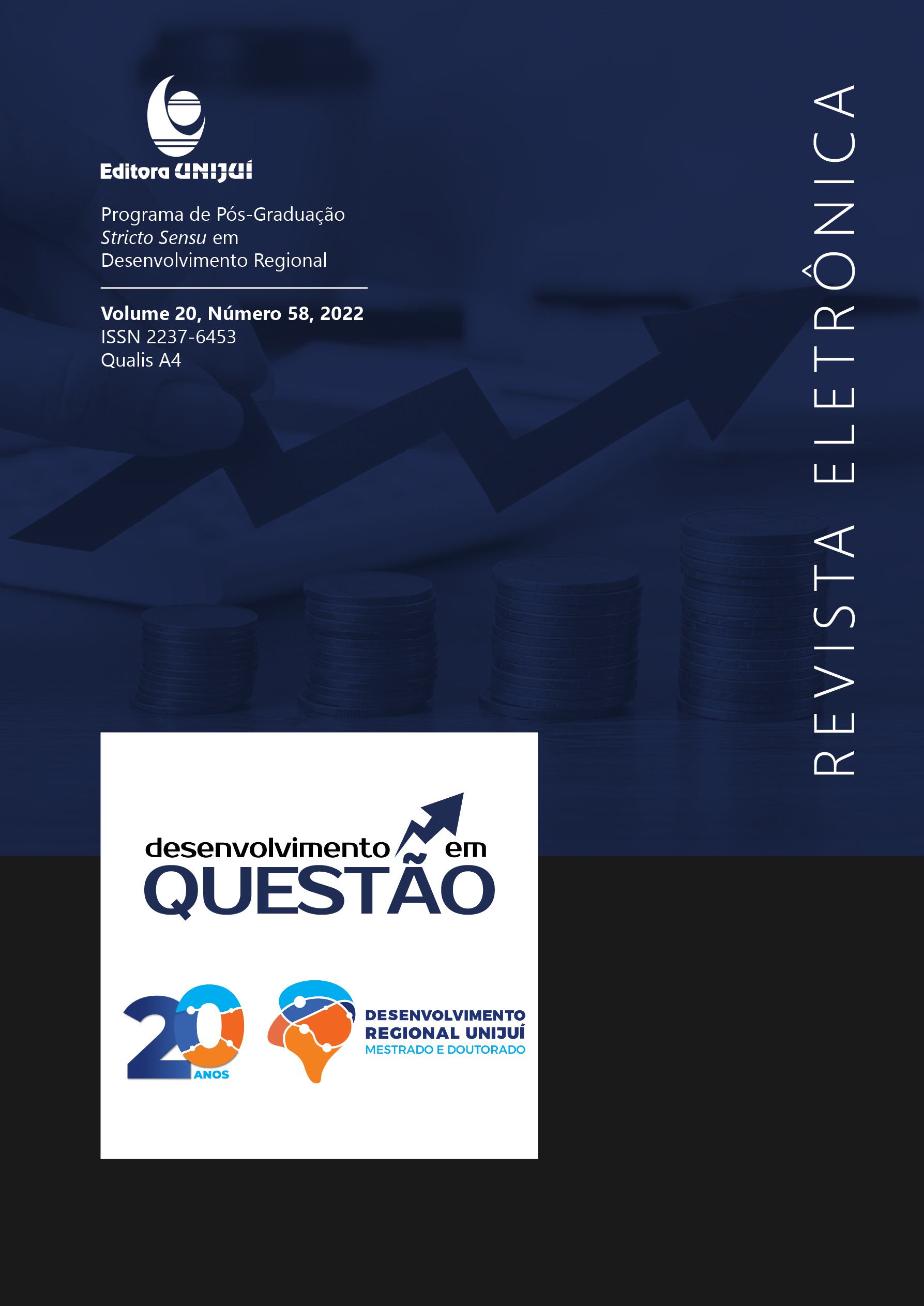The Limits To Water Resource Management In The State Of Pará: A Technical Analysis
DOI:
https://doi.org/10.21527/2237-6453.2022.58.11542Keywords:
Water Resources. Management. Water. Planning. Policy.Abstract
Water resources management in the northern region of Brazil, where most of the Brazilian Amazon is located, is considered to be of low complexity by the federal government, due to the existence of punctual problems and conflicts. The widespread abundance of water, which places the region in a comfortable position, encourages the installation of large, high-impact projects on water resources, dispensing the need for planning and management to prioritize democratization of access and rational use. The State of Pará is at a little advanced stage concerning water resources management, reflecting what can be observed in the northern region. To determine the limiting factors to the development of water resources management in Pará is the objective of this article, which focused on the analysis of the performance of the managing office, the State Secretariat of Environment and Sustainability of Pará (SEMAS/PA), and on the implementation of management instruments and river basin committees provided for in federal and state legislation. In addition to bibliographic research, documents produced up to 2019 by SEMAS/PA were analyzed, and interviews were conducted in 2018 with civil servants and ex-servants, occupying strategic positions. The results show both structural limitations, as the need for greater autonomy of the managing office and for an increase in the work team, and institutional limitations, as the predominance of different interests in environmental conservation and the lack of focus on strategic planning.
Downloads
Published
How to Cite
Issue
Section
License
Copyright (c) 2022 Desenvolvimento em Questão

This work is licensed under a Creative Commons Attribution 4.0 International License.
By publishing in Revista Desenvolvimento em Questão, authors agree to the following terms:
All works are published under the Creative Commons Attribution 4.0 International License (CC BY 4.0), which allows:
Sharing — to copy and redistribute the material in any medium or format;
Adaptation — to remix, transform, and build upon the material for any purpose, even commercially.
These permissions are irrevocable, provided that the following terms are respected:
Attribution — authors must be properly credited, a link to the license must be provided, and any changes made must be indicated.
No additional restrictions — no legal or technological measures may be applied that legally restrict others from doing anything the license permits.
Notices:
The license does not apply to elements that are in the public domain or covered by legal exceptions.
The license does not grant all necessary rights for specific uses (e.g., image rights, privacy, or moral rights).
The journal is not responsible for the opinions expressed in the articles, which are the sole responsibility of the authors. The Editor, with the support of the Editorial Board, reserves the right to suggest or request modifications when necessary.
Only original scientific articles presenting research results of interest that have not been previously published or simultaneously submitted to another journal with the same purpose will be accepted.
Mentions of trademarks or specific products are intended solely for identification purposes and do not imply any promotional relationship by the authors or the journal.
License Agreement (for articles published from 2025 onward): Authors retain the copyright to their article and grant Revista Desenvolvimento em Questão the right of first publication.











